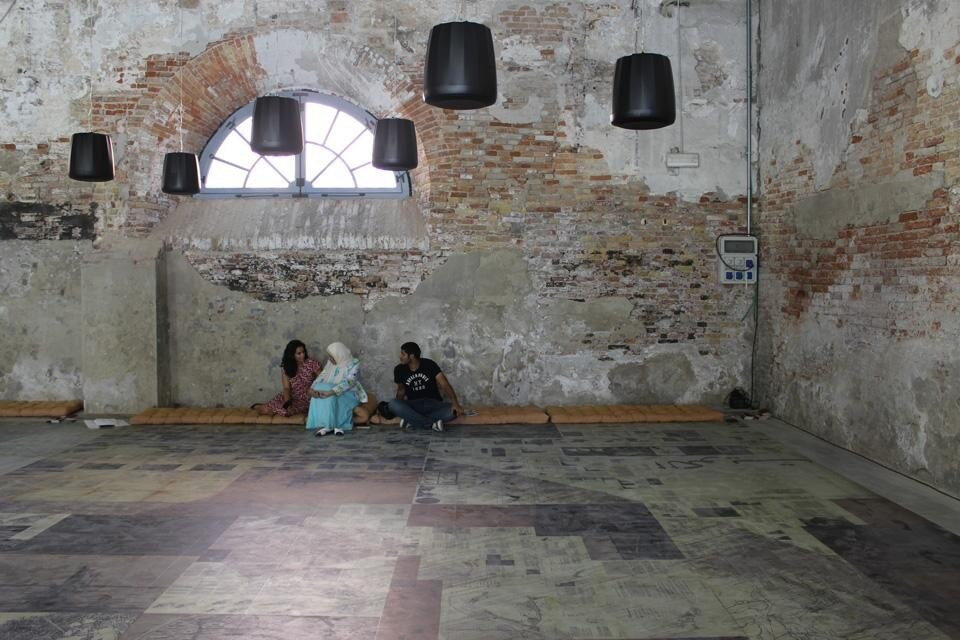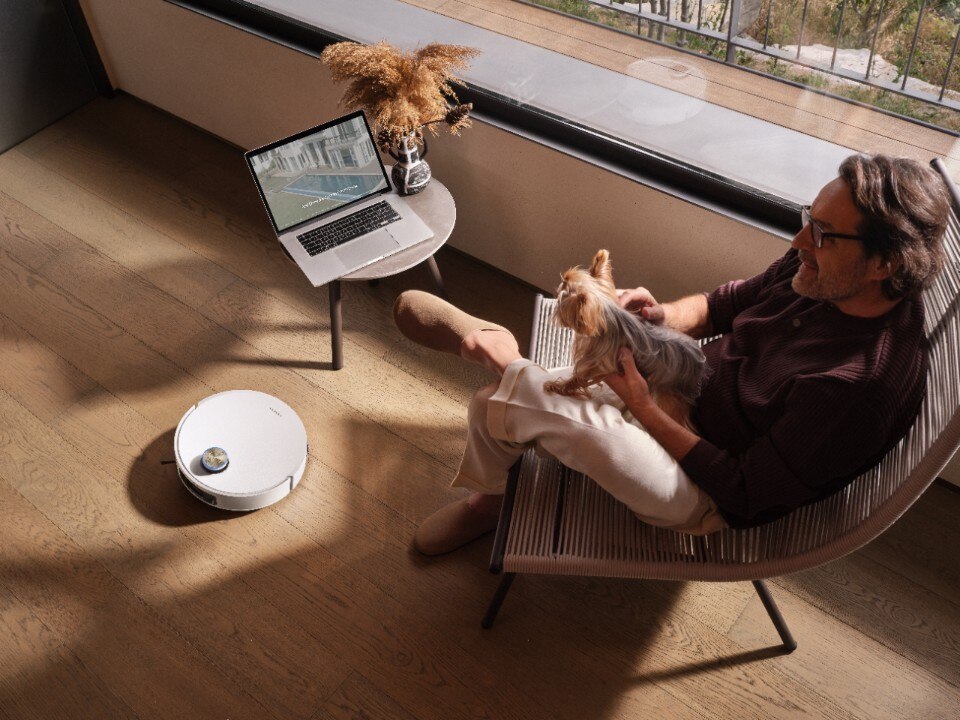First, there is the void. The room is mostly empty, with sunlight pouring in through partially open windows, and the Arsenale's charming derelict walls are allowed to shine. Low cushions line the perimeter of the room, inviting visitors to sit and chat, rest, or consult a number of booklets spread around the floor. Filled with texts, maps, diagrams and information, the floor is the visual protagonist of the space, complementing the many sounds filling the room.
These aren't just the conversations of passersby: hanging from the ceiling are a myriad black speakers, from which the sounds of Kuwait City are brought in to the Arsenale. All are different, and offer glimpses into the life of the city and its inhabitants: children playing in a family gathering, a beach after midnight, a meeting inside a Diwaniya in a residential area.
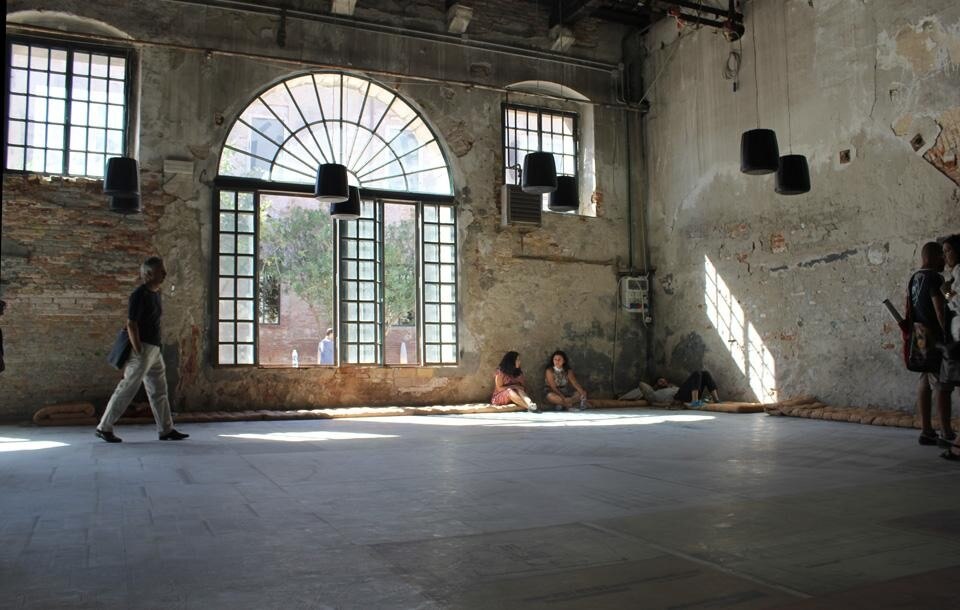
The installation is accompanied by a fold-out poster which details the origins — space and moment — of each of the sounds broadcast in the pavilion. Vera Sacchetti (@verasacchetti)
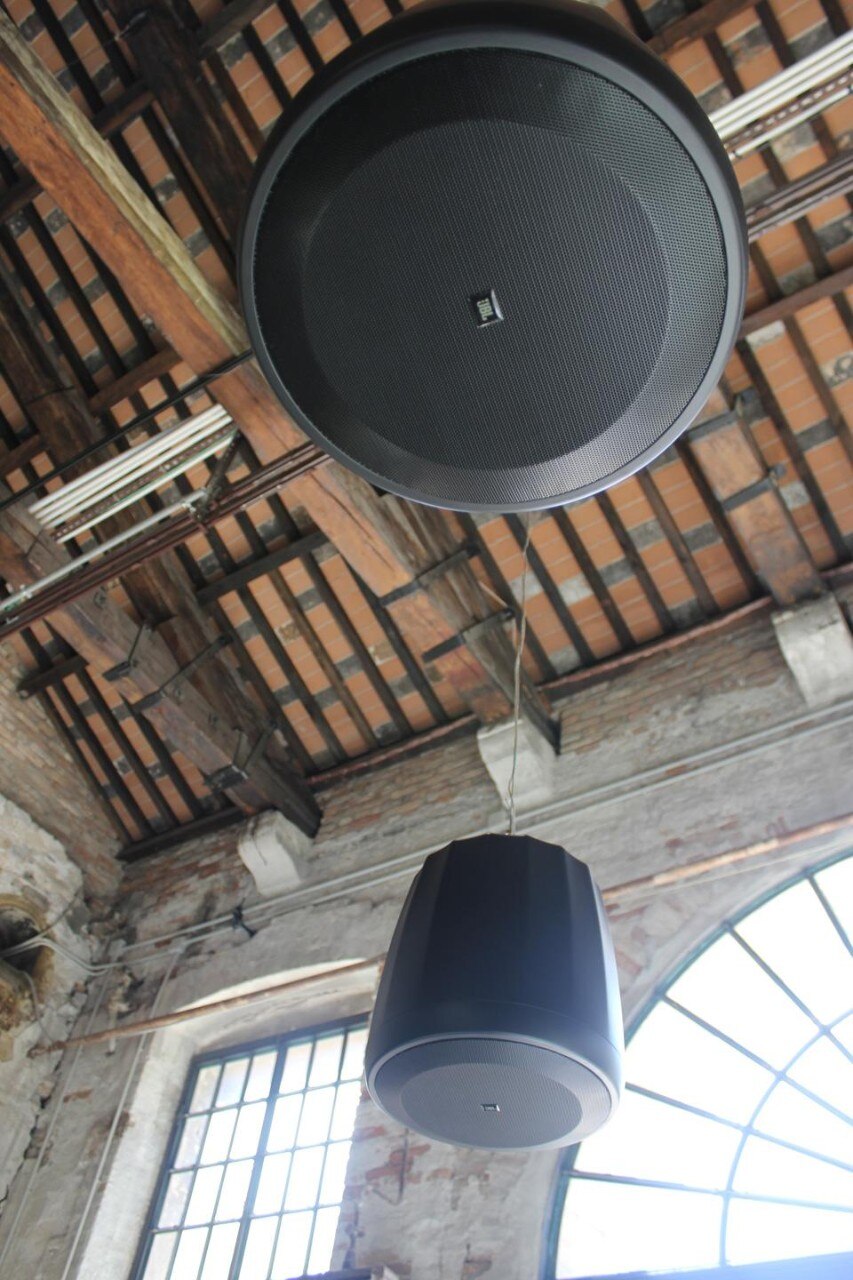
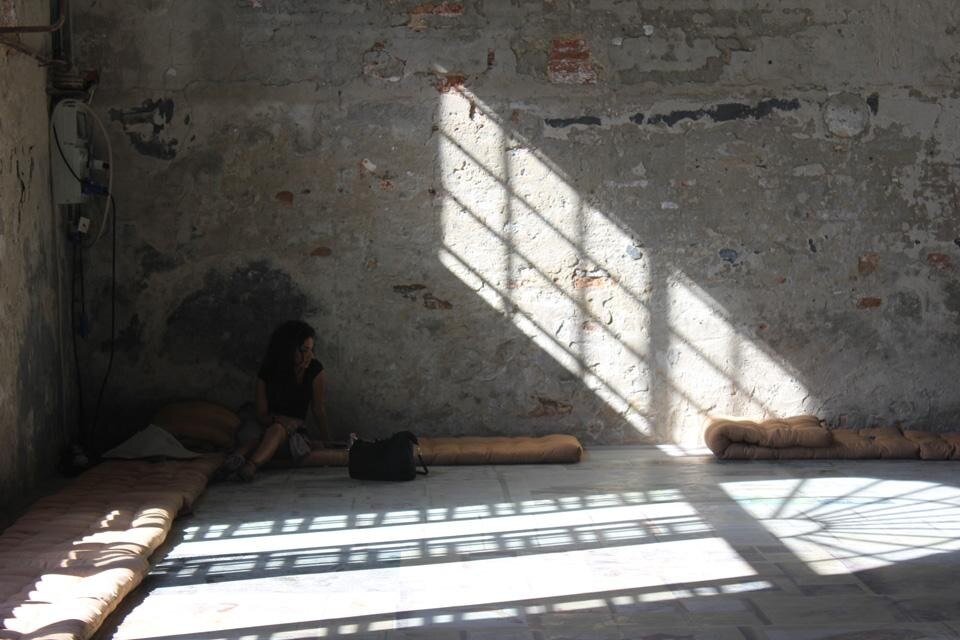
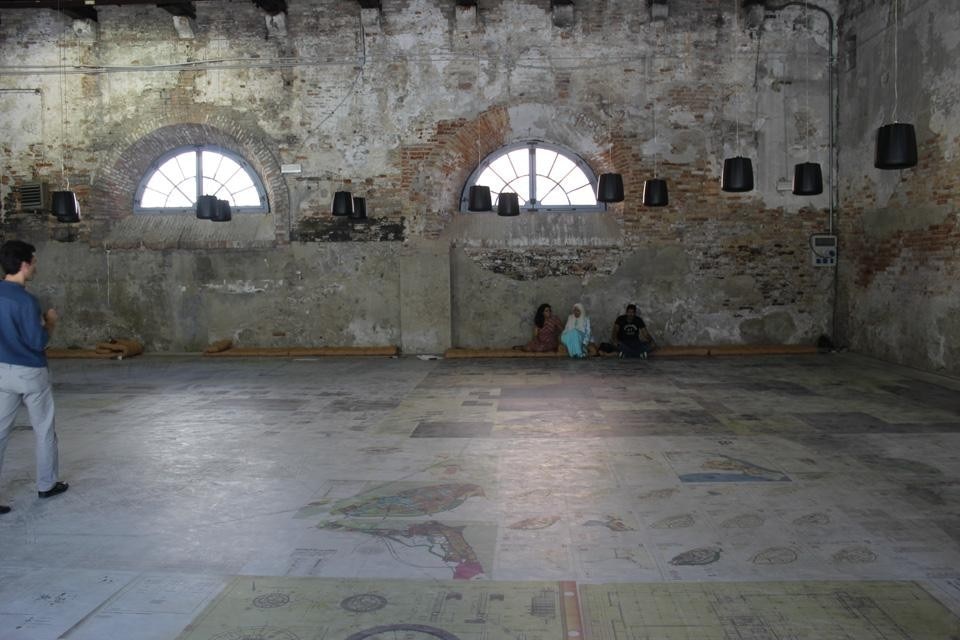
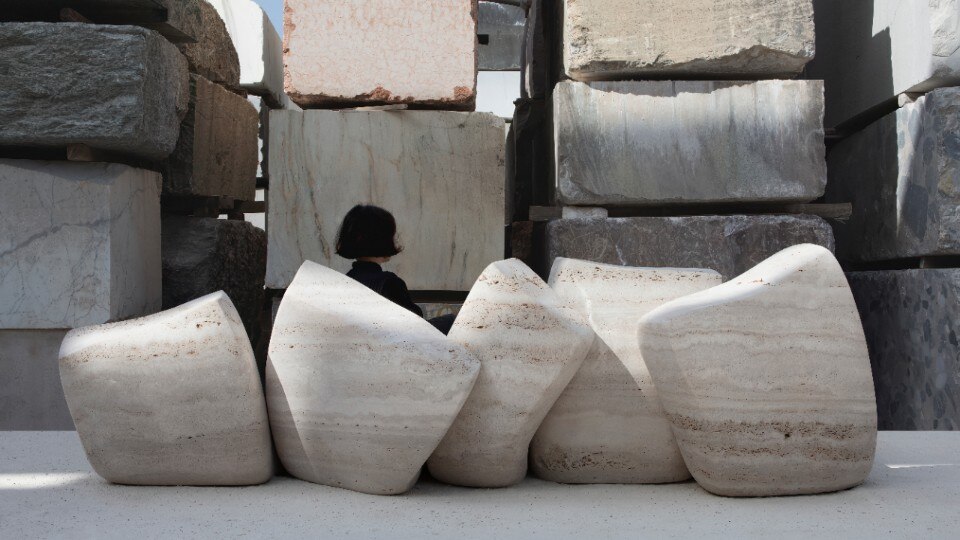
Stone: Origins and Future in Architecture
On June 12 and 13, 2025, IUAV University of Venice will host "Stone is…," an international forum entirely dedicated to natural stone. Organized by PNA, this event aims to thoroughly explore the material's enduring value and sustainability, featuring insights from internationally renowned speakers.


